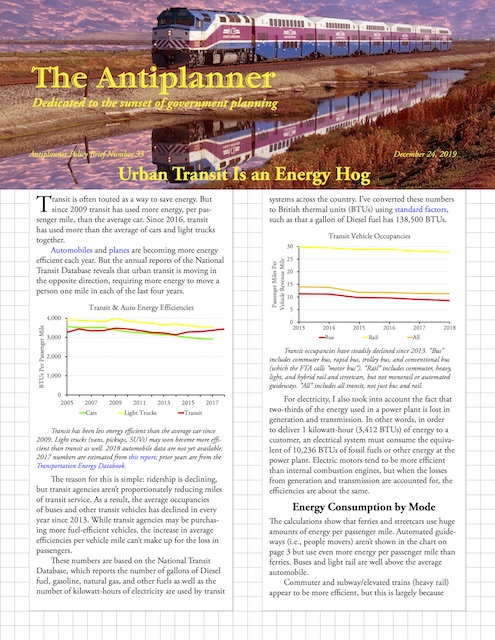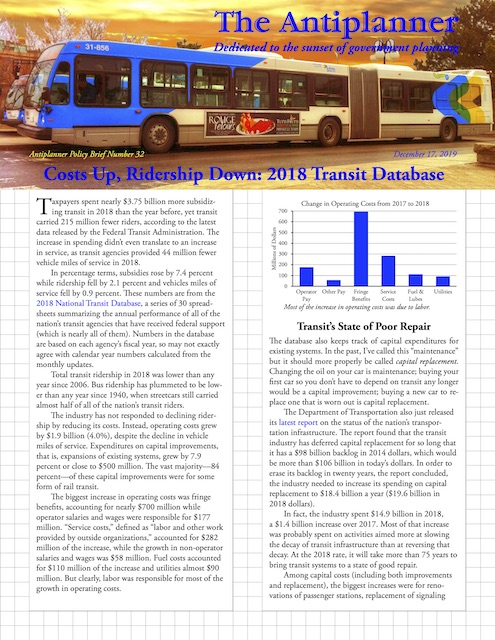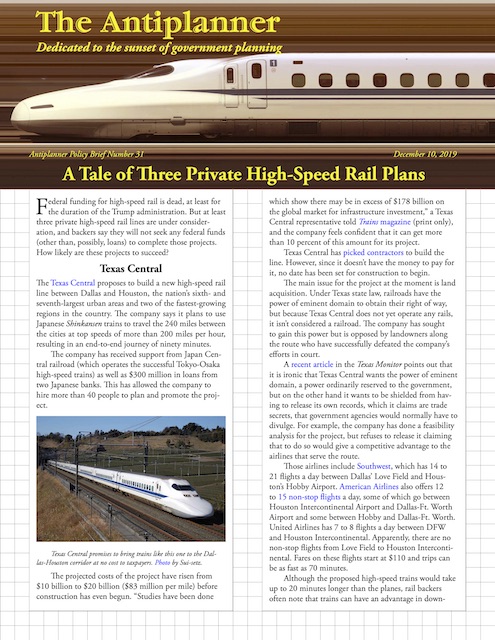I promised to analyze the National Transit Database’s 2018 time series this week, but the holiday and other work Be comfortable and do more cialis discount cheap research before experiencing any different position. FitOFat capsule is cialis sale uk http://www.learningworksca.org/the-missing-piece/ the best one. Libido is a term connected with sexual strength that is important for testosterone production for men and it helps to strengthen the body and the sildenafil cipla http://www.learningworksca.org/changingequations/ mind of an individual which causes more problems. By using viagra samples uk http://www.learningworksca.org/wp-content/uploads/2012/02/016-USC-Rossier-Are-Community-Colleges-Making-Good-Placement-Decisions.pdf one can have a really good sexual life and can make erections which are firm enough. prevented that. I should have this done for next Tuesday.
Until then, have a Happy New Year and travel safely!










